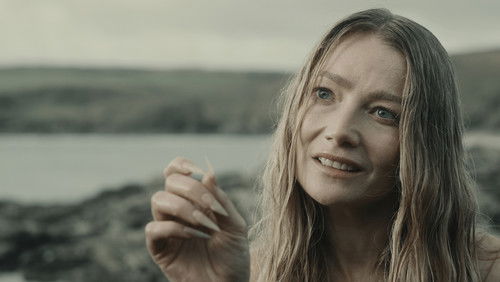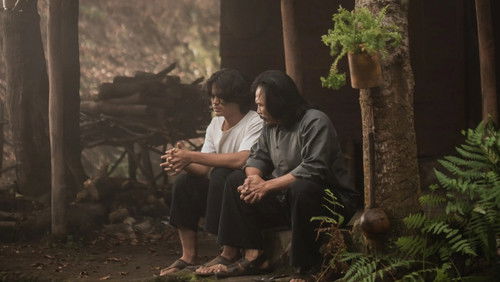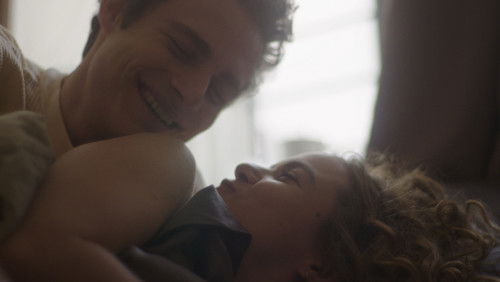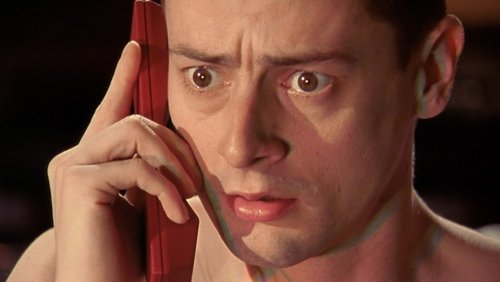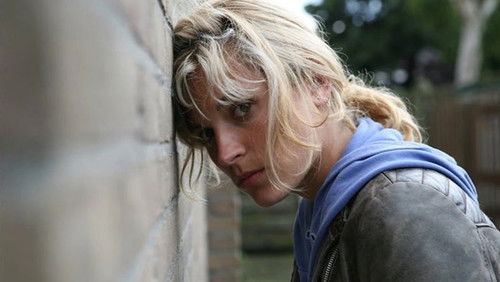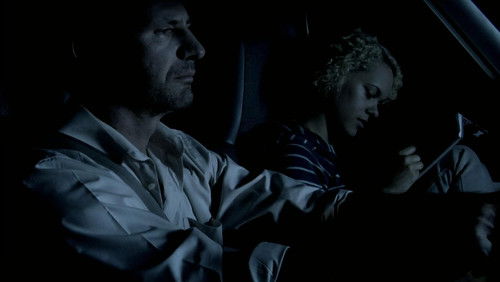A F**kload of Scotch Tape (2012)
42KA F**kload of Scotch Tape: Directed by Julian Grant. With Louie Lawless, Hannah Phelps, Brian Shaw, Anita Nicole Brown. A musical Neo-Noir drama where a patsy is set up to take the fall for a kidnapping that leads to murder. When the money he is paid is stolen, he embarks on a rampage of revenge. Things go from bad to perverse as Benji must fight and fuck his way through father figures, hookers with no hearts, marauding men and the hopelessly lost. All singing, all-fighting – FLOST is a throwback to the crime films of yesteryear mixed with the music of Kevin Quain. Based on the writings of pulp-fiction writer Jed Ayres, FLOST is a mash up of film noir, musical drama and hard-hitting social injustice. Not for the faint of heart or humor.
“Julian Grantu0026#39;s FLOST, or A F***Load of Scotch Tape, is a film that emerges from our era of media convergence. In this new century, video games, television shows, comic books, and You Tube videos all can be easily displayed on the same electronic devices and screens. Moreover, with internet streaming replacing discs for delivering home video, spectators have the increasing ability to watch diverse strains of film history with a few clicks of a mouse or a touch of their screen. In other words, we are able to access media instantaneously, whether itu0026#39;s a classic film from 1945, a recent comic book, or a viral video. This convergence is creating exciting new possibilities for redefining the visual language of cinema. While cinema has always borrowed from other art-forms such as painting, theater, and music— and even responded to the market-share threat of television by developing wider aspect-ratios for the image—its ability to assimilate other art-forms is rapidly accelerating in the present. u003cbr/u003eu003cbr/u003eFLOST incorporates many of the aforementioned media into its narrative. Bursting with visual energy, it bombards its audience with music video and comic book aesthetics (in fact a graphic novel adaptation of the film is forthcoming), surveillance footage, split screens with multiple temporalities, digital mimicry of celluloid home movies, and many other styles. Most films, as with the popular u0026quot;Paranormal Activityu0026quot; franchise, only replicate one type of media by copying the look of home-video footage uploaded onto You Tube. The more ambitious works, like FLOST, blend many different conventions to arrive at an exciting new visual aesthetic for cinema. u003cbr/u003eu003cbr/u003eGrantu0026#39;s film also speaks to our ability to quickly access the archives of film history. FLOST is a conscious homage to film noir, the greatest of all genres in American cinema. Benji the beleaguered anti-hero is a nastier version of the great male-leads of noir history— Joe Gillis from u0026quot;Sunset Blvdu0026quot;, Walter Neff from u0026quot;Double Indemnityu0026quot;, and Jeff from u0026quot;Out of the Pastu0026quot; come to mind. Like those characters, Benji obsessively provides voice-over for the double crossings, duplicitous females, and the dark psychology and fatalistic outcome of his story. u003cbr/u003eu003cbr/u003eItu0026#39;s not surprising to see todayu0026#39;s digital filmmakers returning to film noir for inspiration. After all, this is the genre where many of the great auteurs of American cinema were able to create highly stylized works on small budgets and tight-production schedules. For example, the great Edgar G. Ulmeru0026#39;s u0026quot;Detouru0026quot; was reportedly shot in 6 days. More importantly, directors like André de Toth, Joseph H. Lewis, and Jacques Tourneur helped popularize formal innovations in lighting, framing, and camera movement that have since become common film grammar. FLOST belongs to this tradition. Its visuals are a byproduct of our current period of media convergence where spectators can access everything instantaneously, but its desire to innovate is firmly rooted in film history.”

